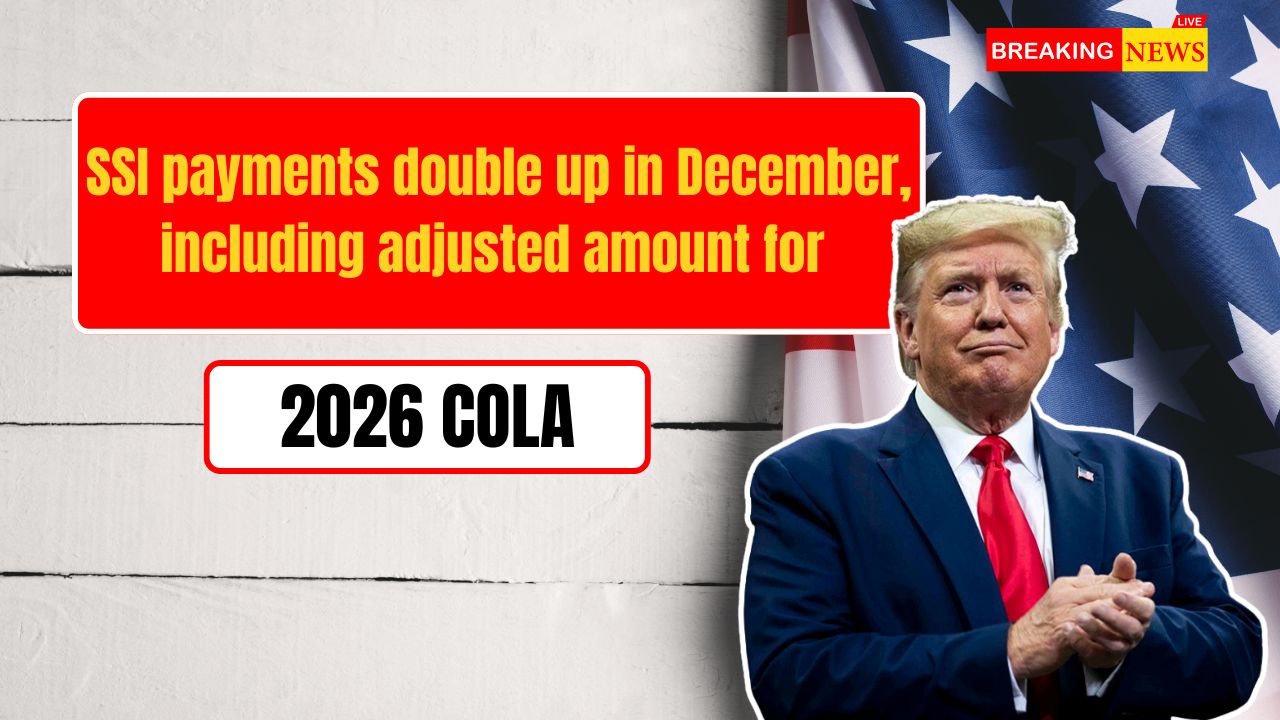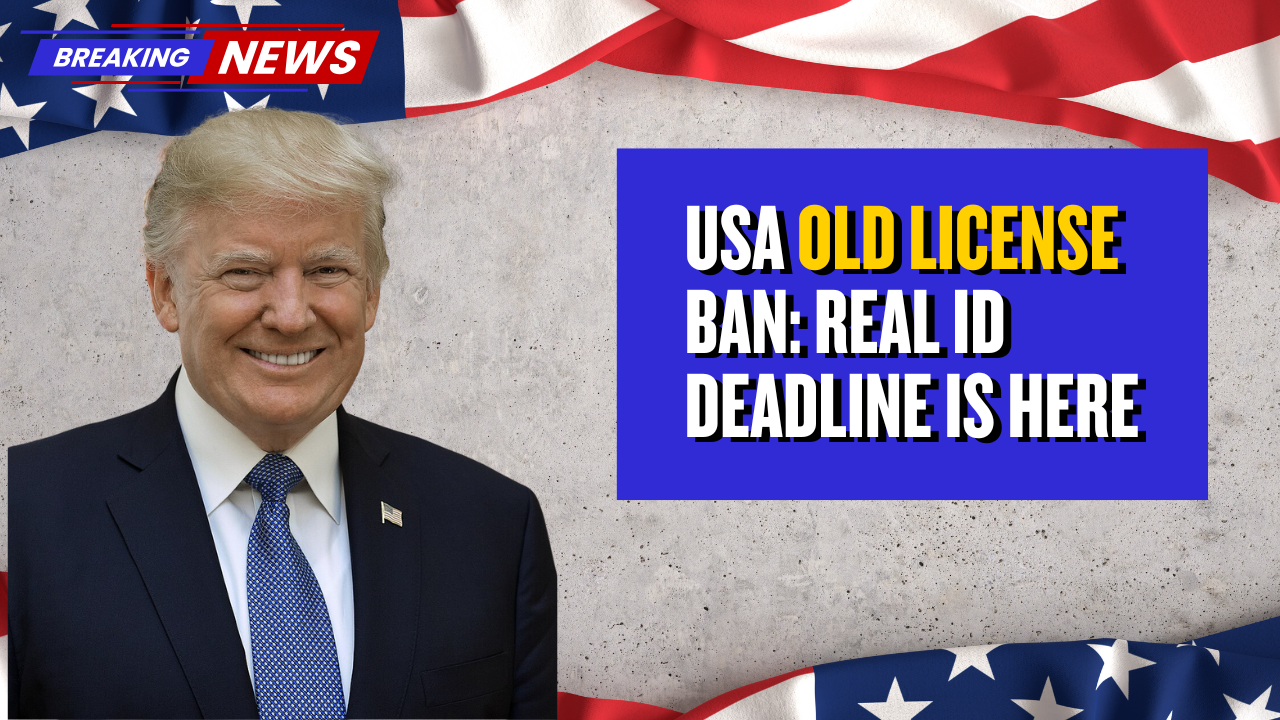A massive payment overhaul is underway in the United States. Beginning in 2025, the IRS, the U.S. Department of the Treasury, and the Social Security Administration (SSA) are pivoting away from traditional paper checks toward a fully digital federal payment system for benefits, refunds and any future stimulus.
For millions of Americans who still depend on mailed Social Security checks, SSI, or paper IRS refunds, this shift introduces three powerful new rules that will reshape how money from Washington reaches your pocket.
1. Paper Checks Are Being Phased Out Nationwide
The federal government has committed to ending most paper checks by the end of 2025, in line with a broad digital payments mandate. Executive orders and Treasury guidance now push all federal disbursements — including Social Security, SSI and IRS tax refunds — into electronic formats only, with limited hardship exceptions.
The reasoning is simple:
- Paper checks are slow, vulnerable to mail theft, and prone to delays. The Washington Post
- Electronic transfers are cheaper to process, saving the government tens of millions each year.
- Digital payments are far easier to track and verify in real time.
From late 2025 into 2026, nearly all federal benefits will be sent by:
2. Social Security & SSI Are Going Fully Electronic
The Social Security Administration has already moved most beneficiaries to direct deposit, but 2025 marks the final push to complete that transition.
By the end of 2025:
- Regular paper Social Security checks will effectively end for the vast majority of recipients.
- Anyone still receiving a check will be asked to choose:
- Direct deposit to a bank account, or
- A Direct Express® debit card, backed by Treasury, designed for people without bank accounts.
The SSA is running outreach campaigns, mail inserts, and support hotlines so retirees, disabled beneficiaries and SSI recipients don’t miss a payment during the switch.
You can manage your benefits or change your payment option through Social Security Administration online services.
3. IRS Refunds & Any Future Stimulus Will Be Digital-Only
The IRS is also overhauling how it sends money out. Starting late 2025:
- Paper tax refund checks for individual taxpayers will be phased out, replaced by electronic refunds only, as required under the federal digital payments mandate.
- Any future stimulus or relief payments will be sent through direct deposit, prepaid cards, or other approved digital methods, not paper checks.
The IRS is modernizing its payment infrastructure to support this change, connecting tax filing data directly to Treasury’s electronic payment rails. The goal is:
- Faster payouts (often within days rather than weeks)
- Fewer errors from incorrect addresses or lost checks
- Stronger fraud detection using identity verification before money is released IRS+1
For official details on paying or receiving money electronically, taxpayers can visit the Internal Revenue Service online.
How the New Digital System Works
Under the 2025 reform, most federal payments will follow a unified electronic model:
- IRS tax refunds & credits → Direct deposit to your designated account; no more default paper checks.
- Social Security & SSI benefits → Direct deposit or a Treasury-backed benefits card (like Direct Express).
- Veterans’ and federal retirees’ payments → Transitioning to ACH transfers on a similar timeline.
For those who truly cannot access digital systems — such as some very elderly or severely disabled beneficiaries — limited exemptions and special handling may remain, but these will be rare and tightly controlled.
Benefits of the 2025 Digital Payment Shift
The move away from paper checks brings several big advantages:
- Speed: Payments can arrive in hours instead of days or weeks.
- Security: Dramatic reduction in mail theft, lost checks and check fraud.
- Cost savings: The government saves hundreds of millions in processing and printing costs, easing pressure on taxpayers.
- Transparency: Easier tracking through online portals, mobile apps and bank statements.
At the same time, agencies are promising stronger cybersecurity protections, including multi-factor authentication and tighter monitoring for suspicious activity.
What You Need to Do Before 2025 Ends
If you receive Social Security, SSI, veterans’ benefits, tax refunds or tax credits, you should:
- Verify your bank details
- Make sure your routing and account numbers on file with SSA and the IRS are correct.
- Set up or check your online accounts
- Create or log into my Social Security and your IRS online account to confirm your information.
- Consider Direct Express if unbanked
- If you don’t have a bank account, enroll in the Direct Express® card program through the Treasury’s helpline or your paying agency.
- Update contact information
- Ensure your phone number and email are current so you can receive security codes and payment alerts.
Doing this early reduces the risk of missed or delayed payments once paper options disappear.
How This Affects Seniors and Disabled Beneficiaries
Older Americans and disabled individuals are the most likely still to be using paper checks. To protect them during the transition, agencies are:
- Providing phone support, mail notices and in-person help at local offices.
- Working with community banks, senior centers and advocacy groups to assist with account setup.
- Investing in fraud education campaigns to help beneficiaries spot scams pretending to be from SSA or IRS.
Temporary hybrid arrangements may remain in early 2026 for the most vulnerable cases, but the direction is clear: the future is digital.
Big Picture: What Changes – And What Doesn’t
The 3 big rules of the 2025 shake-up are:
- Paper checks are ending for almost all federal payments.
- Social Security, SSI and other benefits go fully electronic, via direct deposit or official debit cards.
- IRS refunds and any future stimulus will be digital-only, moving through secure, unified federal payment rails.
What doesn’t change is your right to benefits if you’re eligible. The key difference is how that money arrives — via an electronic system designed to be faster, safer and more efficient for both the government and the people it serves.



